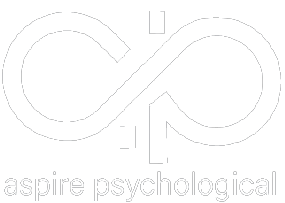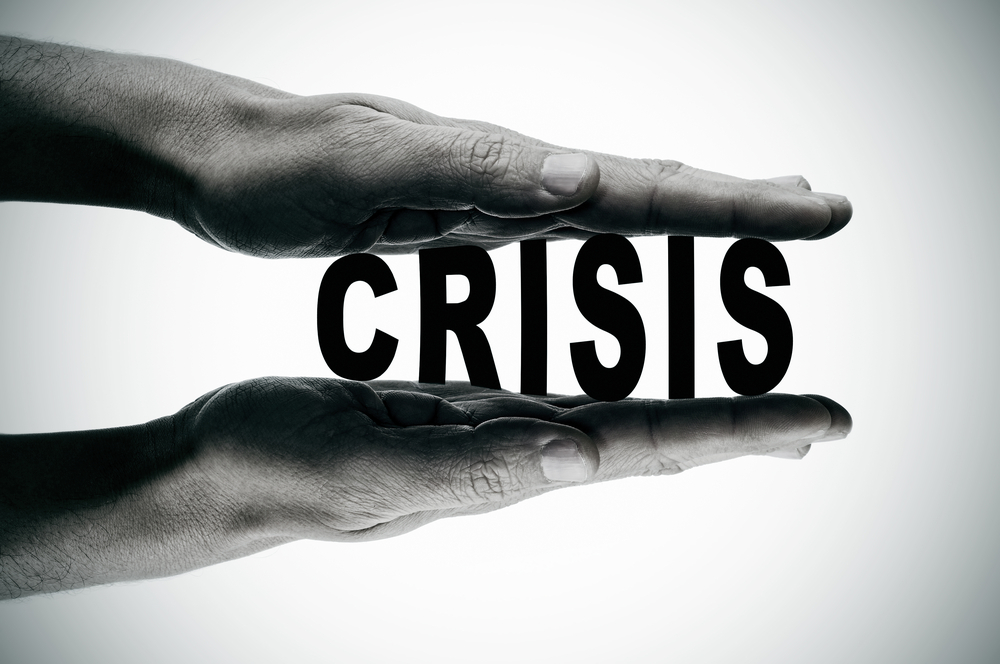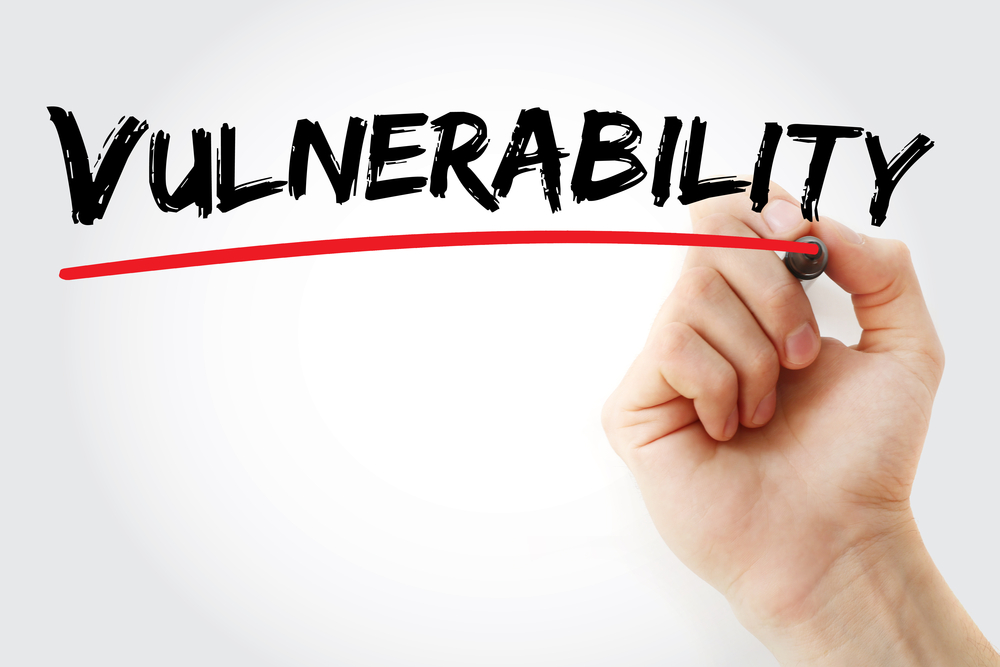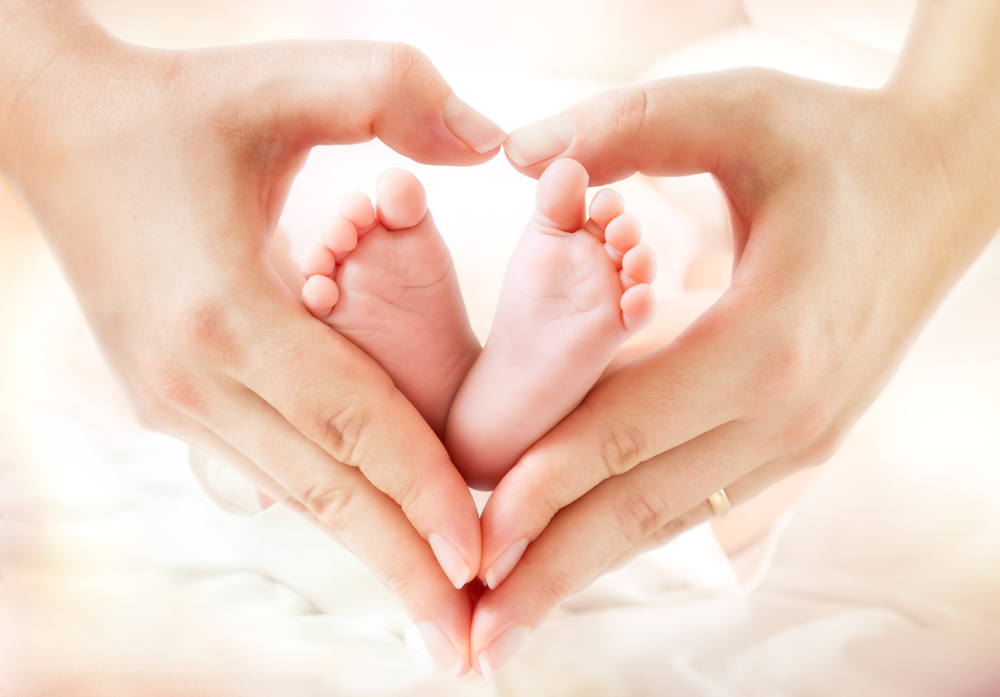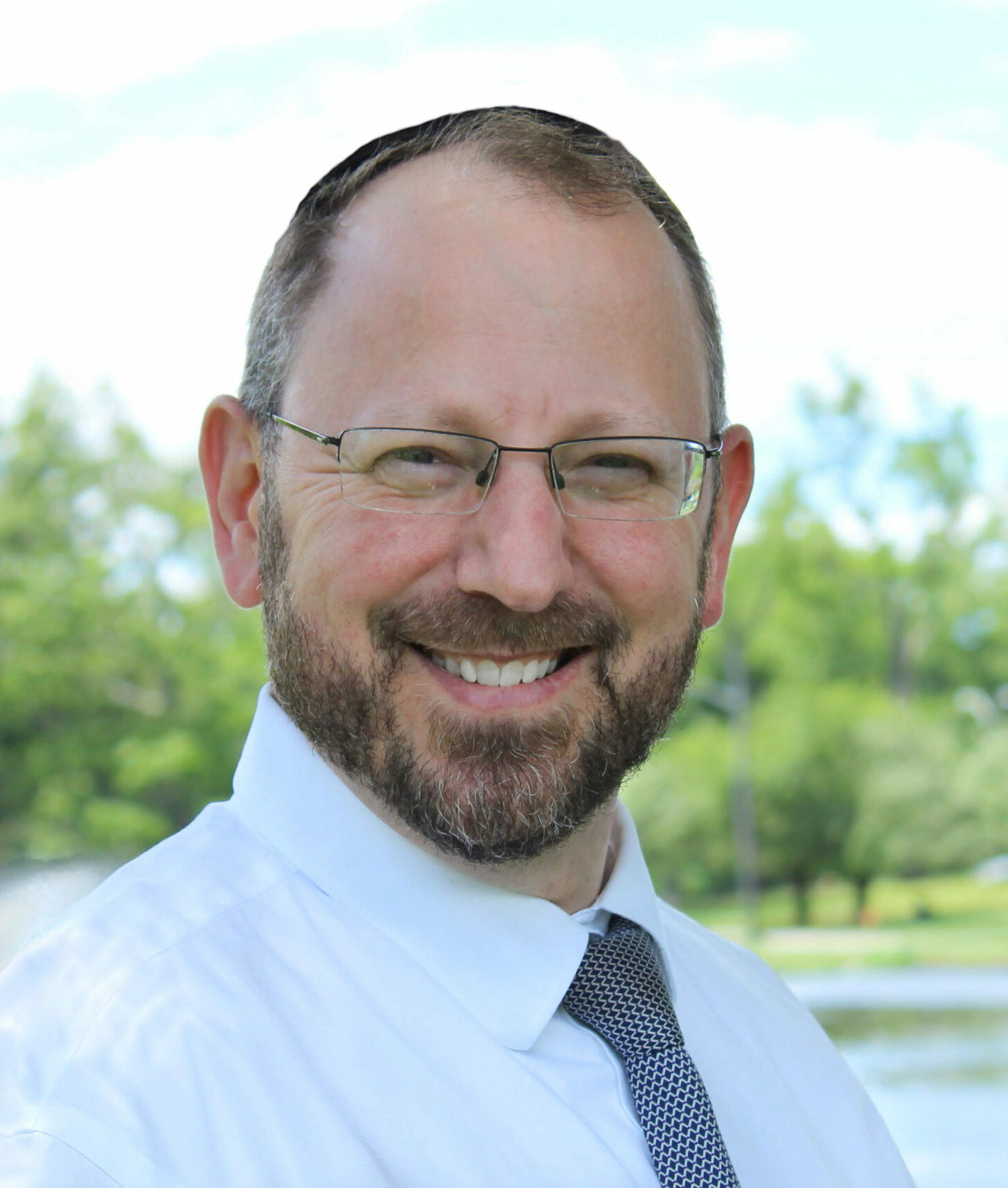Social anxiety, which can be referred to as social anxiety disorder (SAD) following clinical diagnosis, can take many forms in adults. In children though, social anxiety typically takes one of two forms: performance anxiety and general anxiety. Both forms can be addressed with therapies that have proven successful over the years.
Study estimates suggest that anywhere from 3% to 6.8% of children under the age of 12 show symptoms of pediatric SAD. This is not to say that all of them are truly experiencing social anxiety in one form or the other. Many of SAD’s symptoms can be the result of other influences.
The Two Types
One of the first steps in treating a child with social anxiety is determining the type. The first type is related to performance. A child experiencing performance-related social anxiety will be reluctant to do things like give an oral book report, try out for the school play, or even play organized sports. Anything that suggests the child will be put in the spotlight is off limits.
The second type of social anxiety in children is general anxiety. It is typified by anxiety and reluctance to engage in any type of meaningful social contact. Children with general social anxiety try to avoid going to school. They don’t like to meet new people, engage in conversations with those they don’t know, etc. Some are even reluctant to engage in family social activities, like going to dinner at a public restaurant.
Keeping Things to Themselves
Social anxieties can make a child feel as though there is something terribly wrong with him or her. As a result, children with social anxieties tend to keep things to themselves. They don’t like to talk about what bothers them. Still, there are symptoms parents can look for if they suspect SAD in one of their children:
- Questions – Children with social anxieties tend to ask questions that reveal their anxious thoughts. A child might ask what he should do if other kids make fun of him or think ill of him. The questions tend to project self-doubt.
- Physical Symptoms – Social anxiety in children can produce physical symptoms including sweating, shaking, palpitations, and shortness of breath. The symptoms are generally experienced in the lead up to an event or circumstance that would cause anxiety.
- Behavioral Symptoms – Children dealing with social anxiety are more prone to behavioral symptoms. Especially in younger children, temper tantrums are fairly common. Excessive crying is another behavioral symptom.
- Worrying – Social anxiety can cause a child to worry about a circumstance or event long before it happens. Worrying about an oral book report that isn’t due for several months is a good example.
Social anxiety can be difficult to diagnose because the child’s symptoms are only pronounced when faced with social situations. But therapists rely on reports from parents, teachers, and other adults in a child’s life. Combining information from those reports with how a child interacts with the therapist can lead to an appropriate diagnosis.
How Social Anxiety Is Treated
If you are parenting a child exhibiting symptoms of social anxiety, we want you to know that SAD has been successfully treated for quite some time. Many children recover with a combination of support and behavioral therapies like mindfulness and cognitive behavioral therapy (CBT). Medications are available when behavioral therapies alone are not enough.
We diagnose and treat SAD in all our New Jersey and New York clinics. Furthermore, we offer solution-focused treatments that bring life-changing relief. If we can help you and your family, we would be honored to do so.
